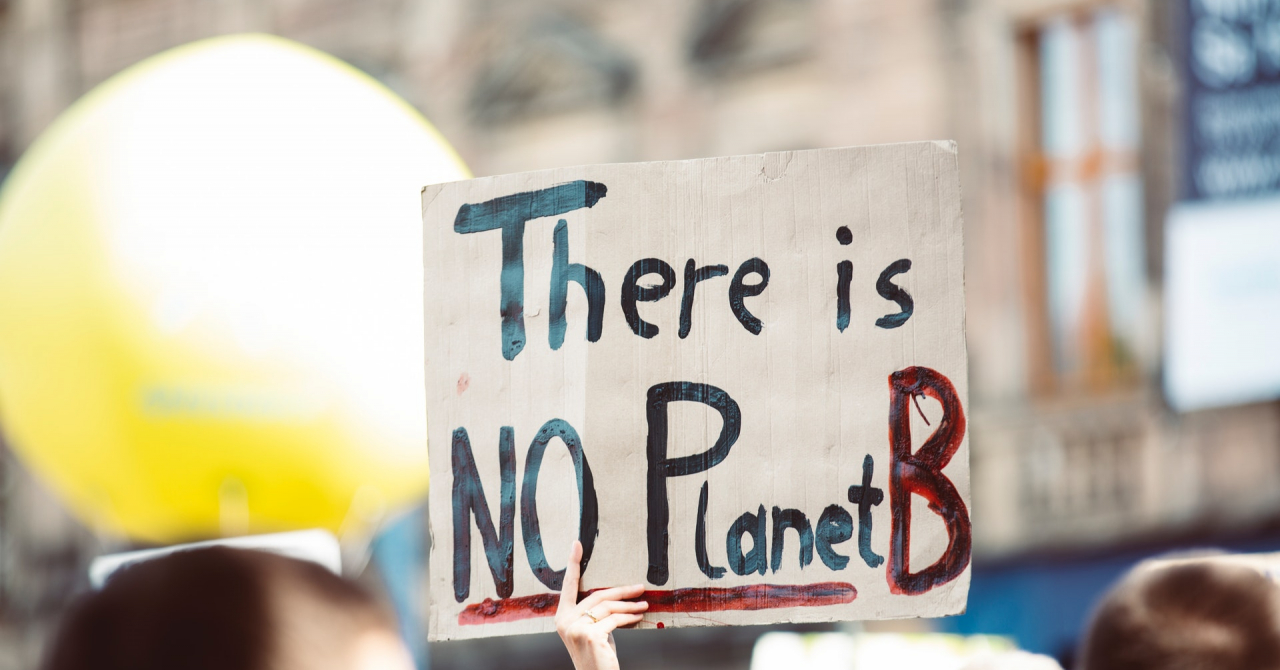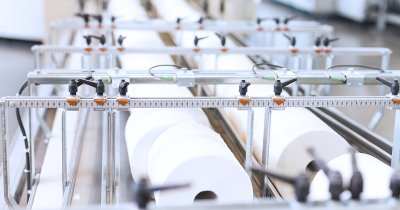$9,2 tn will need to be invested every year for decades to limit the global temperature rise to 1,5C and to end the climate energency. This is a 40% increase on current investment levels and equivalent to half of global corporate profits.
The report warns that the economic transformation will affect every country and every sector. McKinsey also says that the transition will lead to an increase in the cost of electricity before falling later.
Reaching net zero, adds McKinsey, will be vital to avoiding the most catastrophic impacts of global heating, which would harm billions of people. Many low-carbon investments will be opportunities for economic growth and will lead to a lower cost, more efficient economy. Also, the transformation will be more and more expensive as action will be delayed.
“$9.2tn is a very big number – big enough for anybody to pay attention to,” said Jonathan Woetzel at the McKinsey Global Institute, the consultancy’s in-house thinktank, and an author of the report. “But it’s not an impossible number. It’s not like we haven’t [made transformations] before in other ways”, such as the global shift to urban living.
“There will only be a sustainable economy, we won’t have any other kind.”
Investments in energy, transport, buildings, industry and agriculture would need to rise to $3,5 tn, with an additional $1tn of today's spending switching from high-carbon to low-carbon goods, such as electric cars and heat pumps. The total investment, as a proportion of global GDP, will be 6,8%, rising to 8,8% between 2026 and 2030 to achieve these goals.
McKinsey says that electricity cost could rise by 25% by 2040, before falling below today's levels after 2050. Steel and cement face cost increases of about 30 and 45% respectively.
The insurance firm Swiss Re, quoted by The Guardian, recently estimated that the damage caused by a 2.6C rise in global temperature by 2050 would reduce global GDP by 14%. In October, the climate economist and life peer Nicholas Stern said: “The move to net zero can be the great driver of a new form of growth – the growth story of the 21st century.”
 Vlad Andriescu
Vlad Andriescu












Any thoughts?